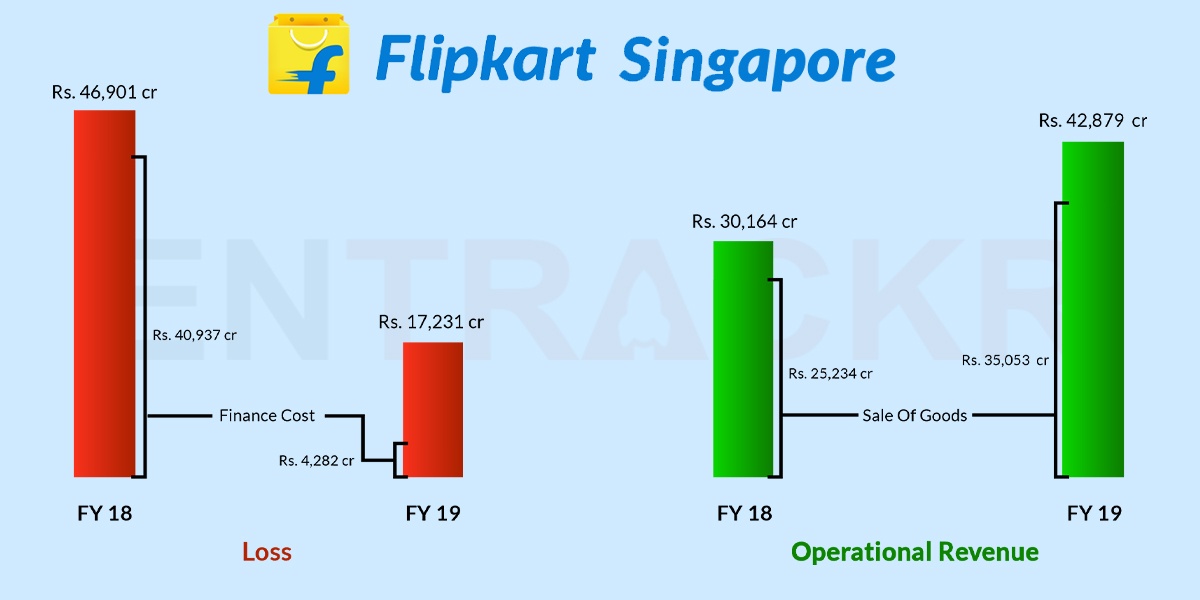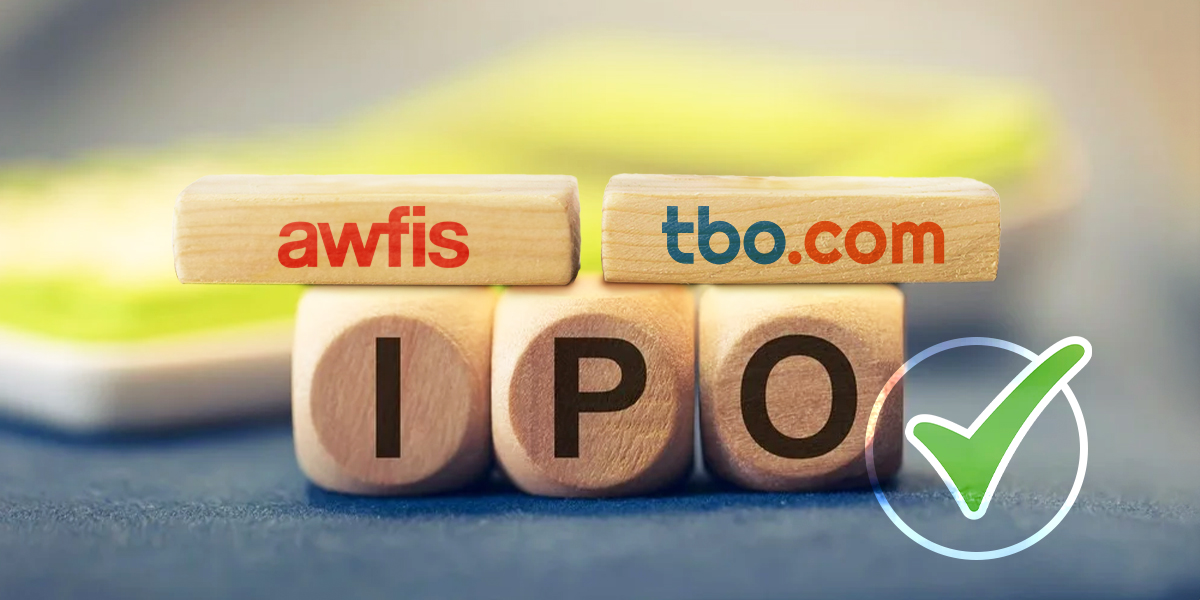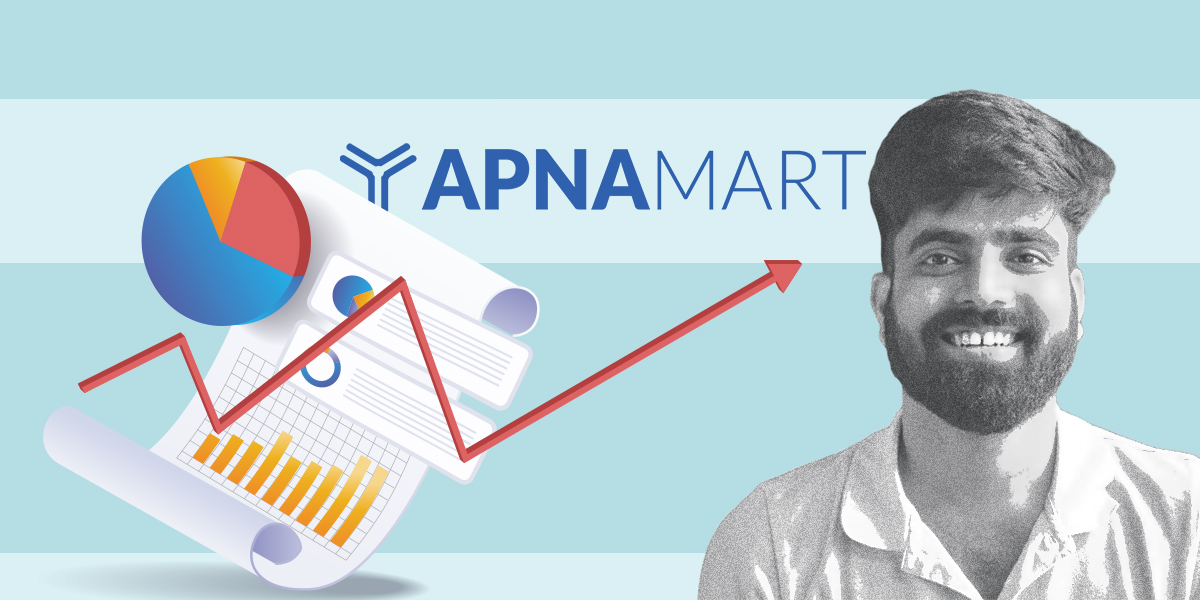Flipkart is a marketplace and a technology platform that is meant to connect buyers and sellers as per FDI guidelines set in India and by its own definition. However, if you zoom in at the financials of its Singapore parent Flipkart Private Limited, you will be convinced that the Walmart-controlled entity is a retailer and not a marketplace as it should be.
During FY19, Flipkart Group on its own bought almost as many goods as India’s leading retailers put together. D’Mart, Future Group (Future Retail & Future Lifestyle), Aditya Birla Fashion & Retail, Shoppers Stop and Trent had together bought goods worth Rs 43,374 crore for further sales in FY19.
Flipkart bought goods worth Rs 39,514 crore, which is more than 90% of India’s five leading retailers put together, as per its annual filing with the regulator in Singapore.
Flipkart earned a total of Rs 42,878.5 crore in revenue from operations during FY19 and another Rs 737 crore from non-core aspects. Interestingly, 81.75% of the operational revenue – Rs 35,053.3 crore – were generated through sales of goods on Flipkart’s online platform.
The rest, Rs 7,825.2 crore, was made by charging platform and logistics fees from sellers. As compared to FY18, the company spent Rs 12,140 crore more on buying goods.

During FY18, Flipkart had sold goods costing Rs 27,375.5 crore, and this figure rose to Rs 39,484 crore in the last fiscal. So, the cost of goods sold rose by 44.34% during FY19.
An important question that arises here is why does a technology platform need to buy and sell goods on such a large scale? If the FDI regulations for e-commerce are being earnestly implemented, why does a ‘marketplace’ like Flipkart need to buy goods at all?
And, why would it need to increase its purchases by 44% in a fiscal if Press Note 2 & 3 are being followed in letter and spirit as demanded by the Commerce Minister Piyush Goyal?
Over 50% of Flipkart Group’s $12 billion estimated Gross Merchandise Value (GMV) in FY19 is accounted for by the $6 billion worth of goods that it bought for eventual sale on its platform.
Moreover, employee benefits expenses also increased by 58.5% to Rs 4,254 crore in FY19 as the company was focusing on scaling growth. During the last fiscal, Flipkart spent Rs 2,873.4 crore in advertising and promotions, up 55.36% from Rs 1,850 crore in FY18 and professional expenses also grew almost 70% to Rs 496.5 crore. Another Rs 1,152.7 crore was spent on unexplained “ other expenses”.
Flipkart has an aggressive corporate finance policy and tends to utilize funds for current financial assets whenever possible. The company spent Rs 1,65,357.5 crore in the purchase of investments during FY18. The company held Rs 10,295.7 crore in current financial assets at the end of FY19.
Buying more, discounting more
In FY18, the figure for the cost of goods sold was Rs 26,876.5 crore, and these goods were sold for Rs 25,234 crore during the fiscal year ended in March 2018. Simple math shows that these goods were discounted by as much as Rs 1,643 crore.
But as Flipkart was buying more, it was also discounting more.
The Flipkart Group sells the products bought by it to sellers related or controlled by it, who then further sell on the marketplace. Companies like SuperCom Net, OmniTech Retail and Retail Net. Some recently created intermediaries which will buy from Flipkart’s B2B entity and sell to above sellers are companies like Sports Lifestyle Private Limited, Premium Lifestyle and Fashion India Pvt Ltd and Wishberry Online Services Pvt Ltd.
In the past, the role of large anchor sellers like WS Retail in the Flipkart story has been well reported. The scrutiny from the government even forced WS Retail to stop selling in the marketplace.
In FY19, the cost of goods sold by the company stood at Rs 39,484.2 crore but which the company ultimately sold for around Rs 35,053.3 crore. Hence, it grossly lost around Rs 4,431 crore due to the sale of goods, without even accounting for the incidental expenses which were incurred to process these sales.
And the losses due to discounting of goods saw a whopping 170% YoY hike during FY19.
Considering that Flipkart first sells these goods to other sellers controlled directly or indirectly by it, this is how the chain of discounting starts on the marketplace.
Flipkart’s ballooning losses
Flipkart Group would like one to believe that its losses have come down. The losses have increased in the last fiscal. While the company posted a loss figure of Rs 46,901.4 crore, 87.3% or Rs 40,937.4 crore was lost due to the abnormally high finance cost the company incurred on account of its Convertible Redeemable Preference shares.
Actual operational losses (sans finance costs) in FY18 were somewhere around Rs 5,964 crore, growing almost 2.17X to around Rs 12,950 crore in FY19.

In FY19, Flipkart incurred a loss of more than $2 billion in an attempt to grab market share. No wonder then that small and medium sellers are losing business rapidly in the face of such assault. It’s a no brainer then that small and medium businesses are suffering and crying as which body of small retailers can fight with a company that is buying goods for Rs 110 crore every day and is willing to sell them at a loss Rs 39 crore, each day of the year?
How then do small retailers compete with a ‘marketplace’ that is a bigger retailer than all known retailers put together?
In this brutal battle for dominance in India’s e-commerce market which is slated to touch $84 billion by 2021 as per a Deloitte and Retail Association of India study, every loss is eyed as a gain for market share, GMV or the eventual glory of being the market leader. When big guns in this space go to battle, such losses and tactics are often valued as a market strategy. We hope it works for Flipkart for its annual filing shows that it is now a retailer and not a marketplace as it is known to be.














